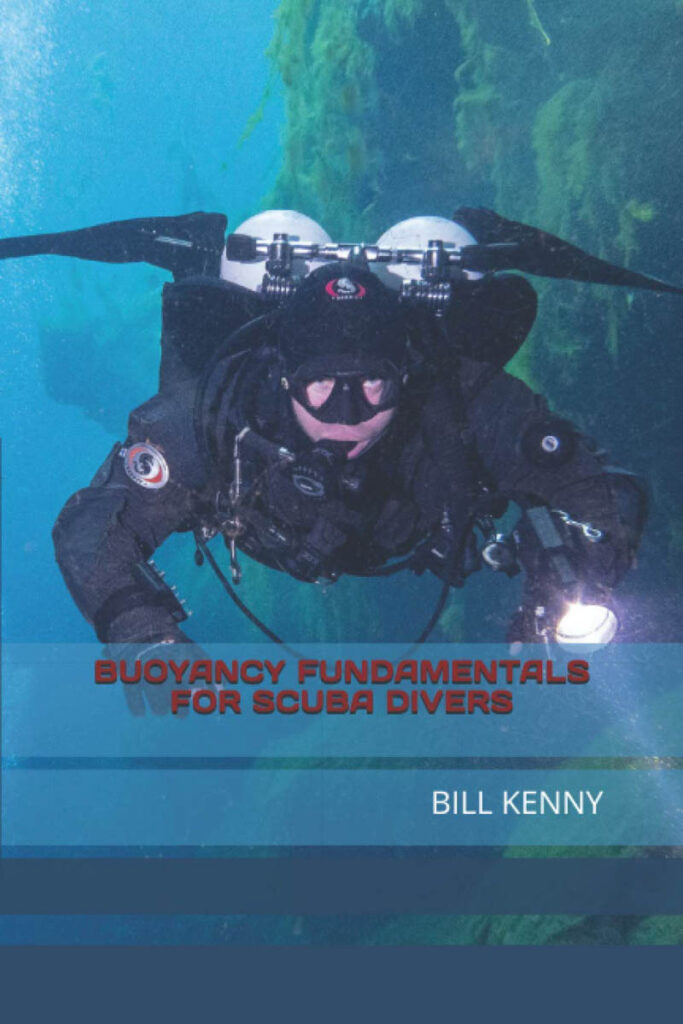Why does a massive naval aircraft carrier float when a penny thrown from the deck of that ship sinks like a coin in a fountain? This seemingly implausible contradiction is explained by the scientific principle of buoyancy.
This book presents a comprehensive explanation of buoyancy for recreational scuba divers. Buoyancy control skills are important for safety, proficiency underwater, conservation of air, general enjoyment of diving, and for progressing into more advanced levels of diving. Neutral buoyancy is the Holy Grail for many divers so they can hover motionlessly in mid-water and swim effortlessly in a horizontal plane at a constant depth.
However, neutral buoyancy can sometimes seem elusive to divers because their buoyancy fluctuates with changes in depth when they are wearing a wetsuit or they have a volume of air in their buoyancy compensators. This book explains why neutral buoyancy is an unstable position for divers in the water and presents techniques for divers to establish and maintain neutral buoyancy. The book also explains three basic controls available to divers to adjust their buoyancy between negative, positive, and neutral for different phases of a dive.
Buoyancy control during the descent and ascent phases of a dive can be challenging especially in cold water when divers are wearing thick thermal protection. The book explains how divers control their buoyancy precisely on those phases of a dive including halting a descent or ascent using breathing techniques if a problem occurs.
The book also discusses several serious risks that are inherent in diving, like ruptured eardrums, lung over-expansion injuries, and decompression sickness, and how buoyancy control skills significantly reduce the risk of divers incurring those injuries.







